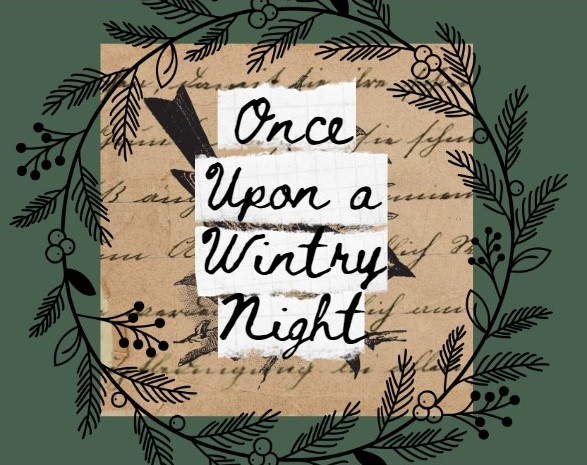Hidden Voices: The Women Who Changed History (Part 1)
With Women’s History Month approaching, it is only fitting that historical figures who you may not know about are discussed.
With Women’s History Month approaching, writing an article about the voices lost through history seems fitting as a memento. Considering that numerous voices have been diluted or not even mentioned in history books, scrolls, and other novels, uncovering the truth behind Earth’s history can allow us a more in-depth peak into our history.
Ida B. Wells (1862-1931)

Ida, who was born into slavery, was one of the first African American journalists. She began her education journey at Rust University in Holly Springs, Mississippi, but was expelled after a disagreement with the supervisor. After, when her parents passed due to yellow fever, she was forced to take care of her sibling alone. Then, after one of her friends was lynched, she began to question white mob violence. She investigated the cases in which black men and women were hung and published an article contesting the supposed truth that was spun by the people who lynched them. She was driven from Memphis due to this, and eventually landed in Chicago, Illinois. With this activism in mind, Ida founded the National Association of Colored Women’s Club, which addressed the issues of women’s rights for colored women as well as civil rights (Women’s History).
Sybil Ludington (1761-1839)

Sybil, who was 16 at the time, delivered the message that the British were coming on April 26, 1777. Sybil rode 40 miles in a storm to rally her father’s men (a force of around 300) in Putnam County, New York, and by daybreak they had gathered to assist in the fight against the British in Danbury, Connecticut. Sybil died at the age of 77 and was buried next to her father, but was honored with a bronze statue at Lake Glendia in Carmel, New York (American Battlefield Trust).
Wu Zetian (624 AD-705 AD)

Empress Wu Zetian was one of the first empresses to usurp the throne. She was also one of the first female empresses in China in almost 3,000 years, so she was a largely influential woman with the inclusion of being incredibly educated. However, it is speculated that she had stopped at nothing to obtain that position, with some even saying that she had some of her family poisoned and killed. But, even so, Empress Wu expanded the borders of China, lowered taxes for the peasants, built works that were “ahead of their time”, and advanced farming techniques for others to follow (Ducksters).
Enheduanna (2300 B.C.E.)

Enheduanna was a high priestess of the temple of the moon god, Nanna, in the city of Ur. Enheduanna was extremely brilliant, and she was responsible for having some of the first hymns written by a well-known author. It has been found that there were 42 hymns written and distributed to the other temples by Enheduanna during her 40 year “rule,” each being directed to the temple itself. With the hymns being directed to the temples, it implied that they had a holy power above the city they resided in within the Sumerian Empire (which was in Mesopotamia in the relative area between the Euphrates and Tigris rivers) (Jacket 2).
While there are numerous other women who have contributed to history, these women have been hidden over the years, and most of their contributions accredited to others. Thus, this article will likely become a series, as there are many to still be mentioned, with many featuring black women for Black History Month.
Your donation will support the student journalists of Dakota High School. Your contribution will allow us to purchase equipment and cover our annual website hosting costs.














